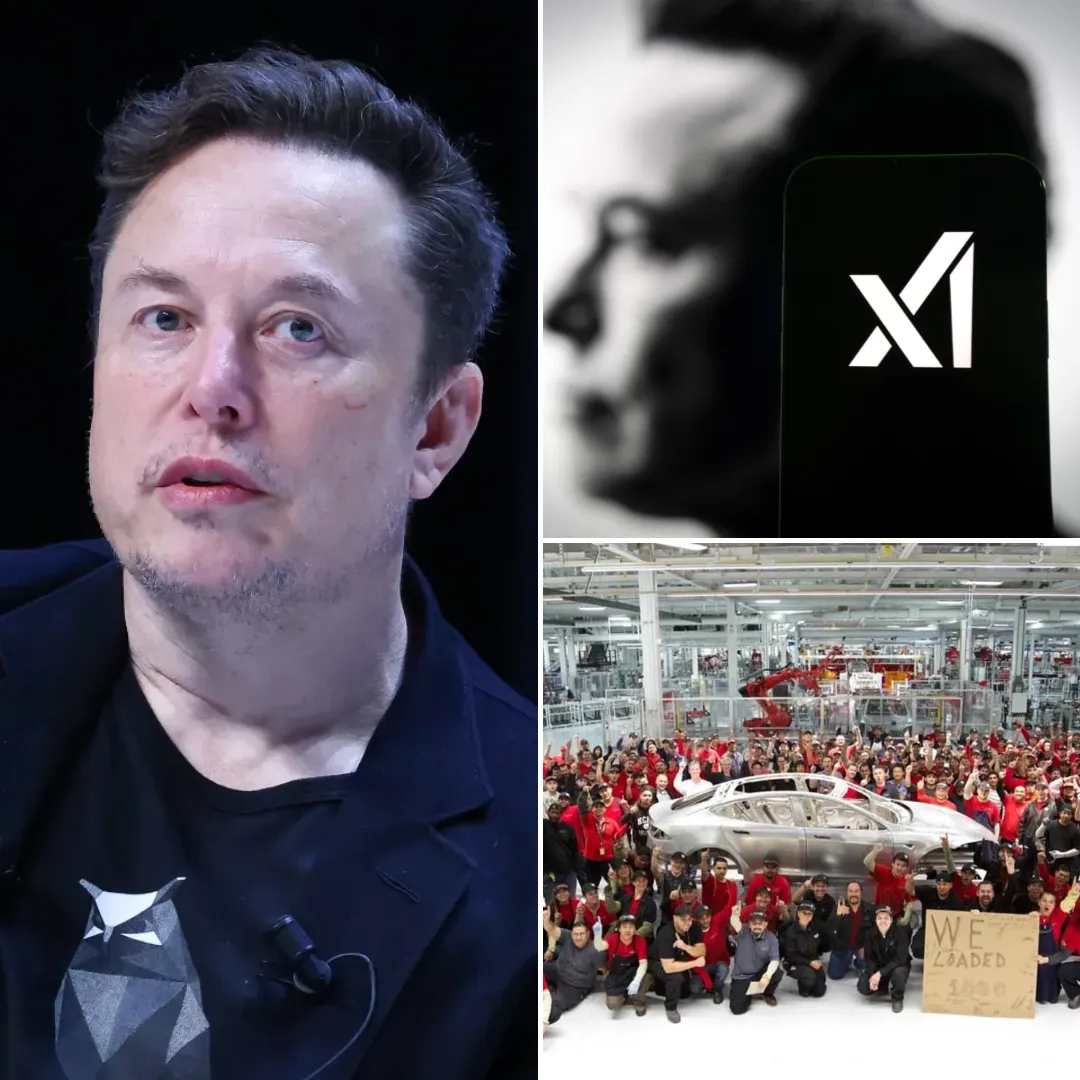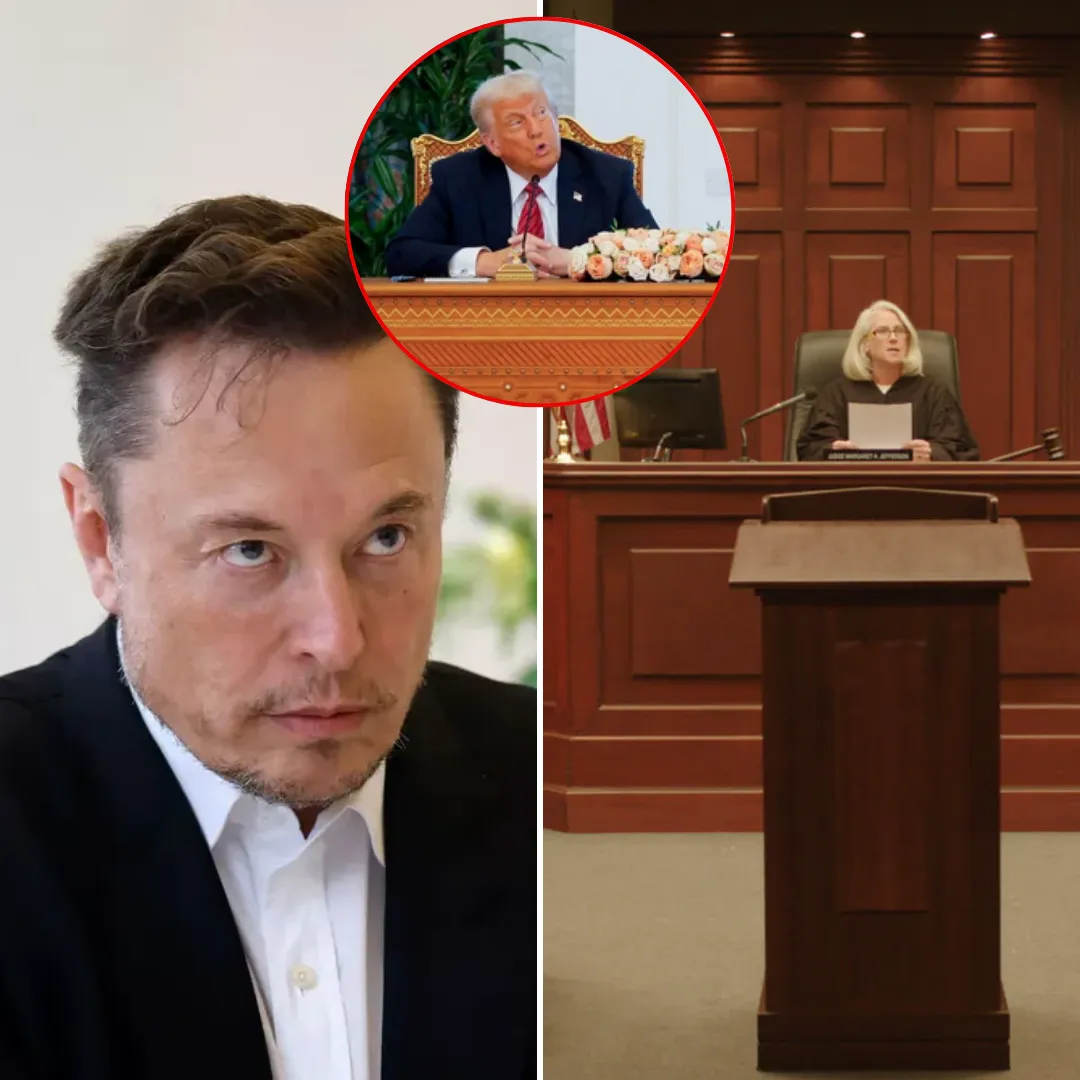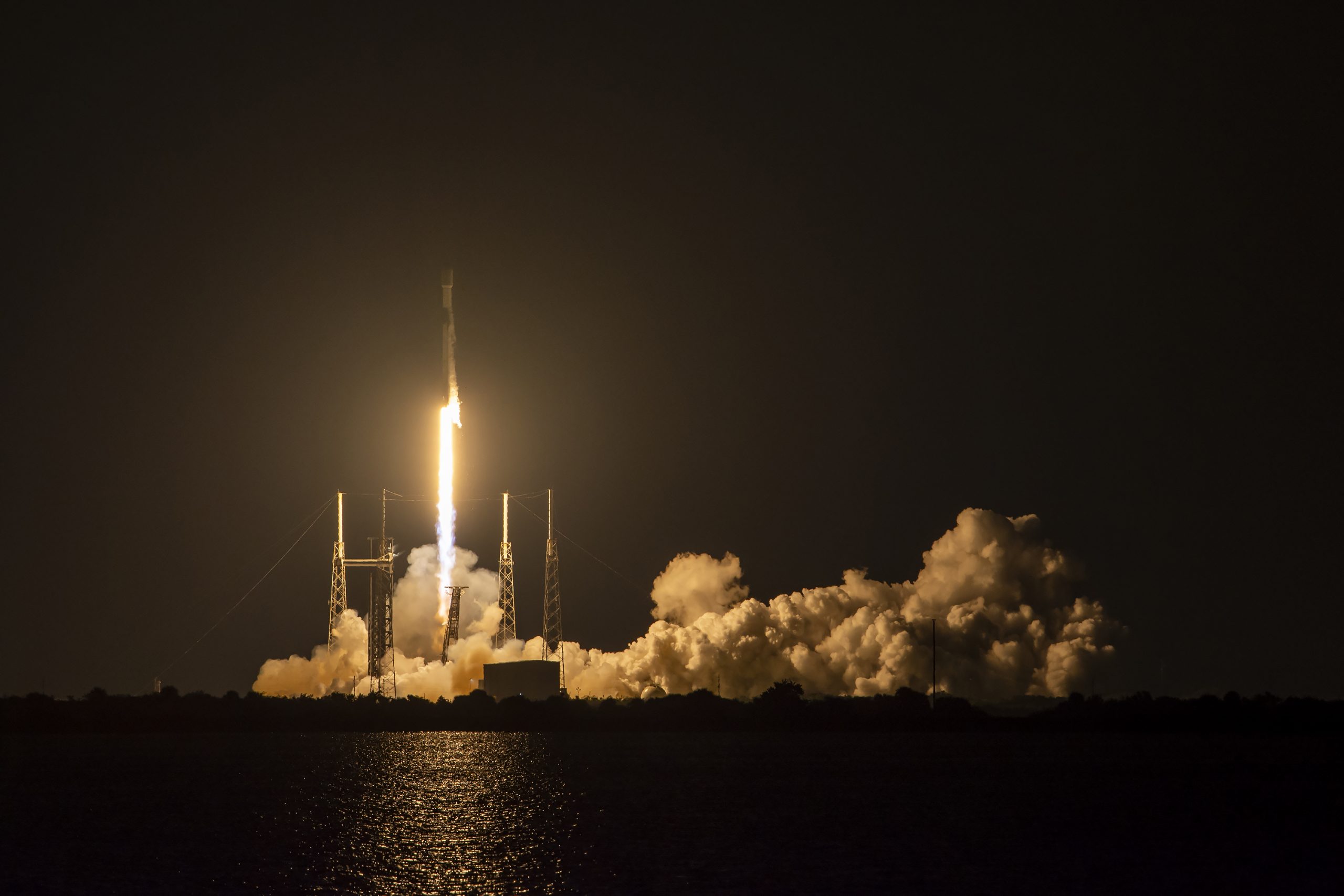
In the midst of an ongoing war where digital infrastructure is as vital as ammunition and armor, Ukraine is quietly preparing for what it fears may be a future without Starlink. Elon Musk’s satellite internet service has become indispensable to the country since Russia’s full-scale invasion in 2022. With over 40,000 Starlink terminals deployed across Ukrainian territory, the system supports not only the communications backbone of military operations but also serves hospitals, educational institutions, emergency services, and civilians caught in the crossfire.
However, the very concentration of reliance on a single private provider—especially one controlled by a controversial figure with unpredictable political views—has raised alarm bells both in Kyiv and across Europe. Ukraine’s dependence on Starlink began as a necessity. Faced with repeated infrastructure attacks that crippled traditional communication channels, the country turned to Starlink’s low Earth orbit constellation for a lifeline.
It delivered. The speed, low latency, and reliability of Starlink proved invaluable in everything from coordinating front-line drone strikes to streaming news broadcasts from bombed-out cities. But this growing reliance has led to strategic vulnerability. Starlink’s availability, pricing, and rules of engagement are ultimately at the discretion of Elon Musk and SpaceX, and this has not always aligned with Ukraine’s military or diplomatic goals.
A turning point came when restrictions were placed on the use of Starlink terminals for offensive military operations. Ukrainian forces attempting to use the system to control unmanned aerial vehicles reportedly faced disruptions, either due to geofencing policies or deliberate limitations imposed by Starlink’s management.

This exposed a hard truth: while Ukraine was fighting a conventional war, its most critical communication tool was controlled not by a state actor or international alliance, but by a single individual whose decisions could alter battlefield outcomes. Musk’s past comments suggesting that he could revoke Starlink access in certain regions depending on how it was being used only heightened anxiety in Kyiv.
With this context, Ukraine has accelerated its search for alternative satellite internet providers. The move is not just about diversifying risk; it is about asserting national sovereignty in the digital realm. The most immediate alternative being considered is Eutelsat OneWeb, a European satellite company co-owned by the French and British governments.
OneWeb operates a smaller but steadily growing constellation of low Earth orbit satellites, currently numbering around 650. The service has already been activated in parts of Ukraine, with several hundred terminals deployed through partnerships with the Ukrainian government and international donors. However, the technology is not without its drawbacks. The hardware is bulkier, more expensive, and harder to configure in field conditions compared to the user-friendly and ruggedized Starlink units.
OneWeb’s advantages lie in its political reliability and European control. There is less concern about abrupt changes in service policy or geopolitical fallout stemming from executive personalities. Yet OneWeb still lacks the scale and bandwidth capacity of Starlink. It is a promising supplement, not yet a replacement. Ukraine’s military planners acknowledge this and continue to treat Starlink as the primary network for high-bandwidth operations while using OneWeb and similar services as backup and redundancy measures.
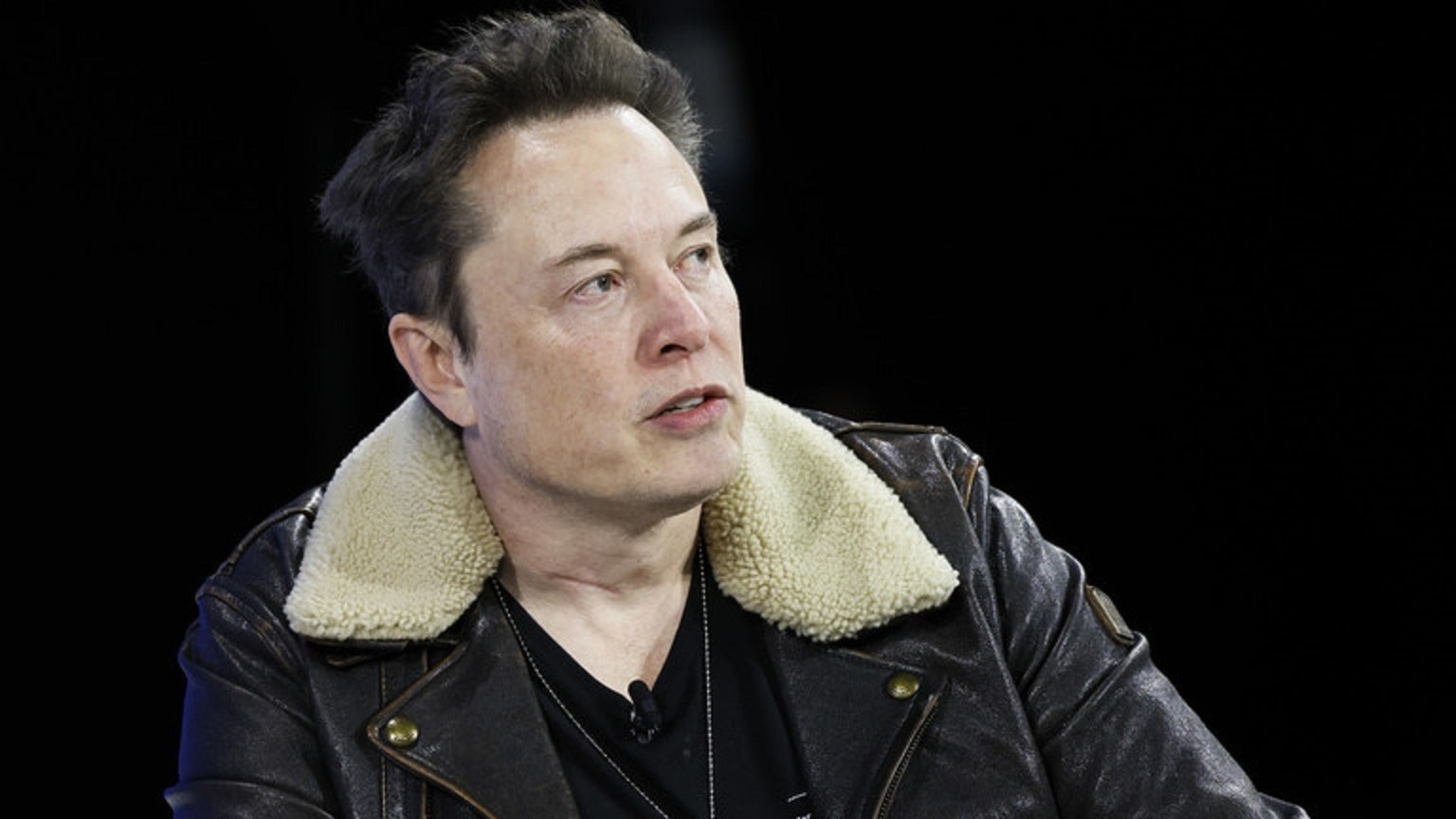
Looking further into the future, Ukraine is also placing hope in the European Union’s upcoming satellite programs. The Govsatcom initiative, expected to go operational in June 2025, is designed to provide secure government communications for EU member states and allied nations. While not as dynamic as commercial networks, Govsatcom promises stability and encrypted channels suitable for secure messaging, coordination, and intelligence-sharing. Ukrainian officials are in active discussions with Brussels to ensure their inclusion in the network’s early phases.
Govsatcom won’t displace Starlink’s broad utility, but it could fulfill specific needs that demand tighter operational security. Even more ambitious is the IRIS² project, Europe’s flagship satellite constellation initiative backed by more than €10 billion in funding. Planned for full deployment by 2030, IRIS² will consist of nearly 300 satellites and aims to create a sovereign European alternative to Starlink and OneWeb.
The goal is to provide robust and secure communications for both civilian and government use, with built-in capabilities for quantum encryption, low-latency networking, and AI-assisted traffic routing. For Ukraine, IRIS² represents a long-term strategic partnership with the European defense and technology community. However, the timeline remains a concern. With the war still raging and immediate communication needs unresolved, 2030 feels like a distant promise, not an actionable solution.
European policymakers are aware of this urgency and have been pushing for interim measures to bridge the gap. Accelerated deployments of OneWeb terminals, support for fiber-to-satellite hubs in Ukrainian cities, and temporary integration of military satellite assets into Ukraine’s communication grid are all on the table.
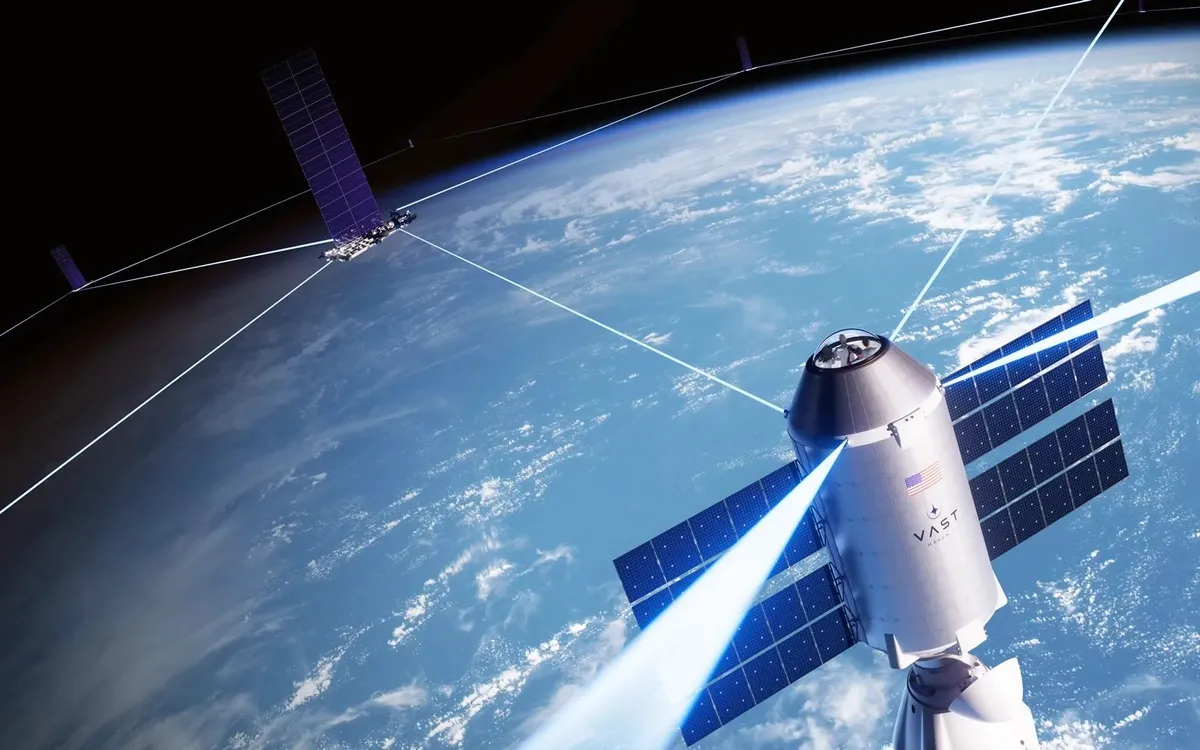
The idea is to create a layered system where no single point of failure—such as Starlink—could jeopardize operational continuity. But funding, logistics, and political coordination remain hurdles. Unlike Musk’s agile and centralized decision-making, Europe’s collective approach, while democratic and balanced, is often slower and fragmented.
Despite the search for alternatives, Starlink remains indispensable for now. It is a paradox that Ukraine must grapple with: the service that keeps its forces connected is also a source of geopolitical risk. Elon Musk has made gestures of support for Ukraine, but his shifting stances and willingness to engage in diplomatic commentary have made officials uneasy.
The possibility that Starlink could be limited, turned off, or repurposed due to political pressures is no longer theoretical—it is a risk scenario that must be mitigated. This realization has sparked broader conversations within the EU as well. European defense planners now view satellite internet as a national security asset, not just a commercial service.
This reframing is pushing governments to rethink procurement, investment, and infrastructure policy. The Starlink-Ukraine case has become a textbook example of the dangers of tech monopolies in strategic sectors. It has prompted calls for increased investment in homegrown technologies, tighter regulation of private satellite operators, and clear legal frameworks for wartime communication protocols.
There is also a human cost to consider. Ukrainian field operators, medics, engineers, and educators have built their routines around Starlink’s capabilities. A sudden shift to alternative platforms could disrupt critical services, especially in areas with no terrestrial internet coverage. Training, support, and device standardization will be key if new systems are introduced.

The Ukrainian government is working with NATO and EU partners to ensure that any transition, if it comes, is seamless and does not compromise safety or efficiency. What lies ahead for Ukraine is a delicate balancing act. Starlink cannot simply be unplugged. But it must also not be the sole pillar upon which national digital resilience rests.
Redundancy, interoperability, and sovereign control will define the next phase of Ukraine’s communication strategy. This is not just a war-time adjustment. It is a preview of how modern states will need to manage digital dependencies in an era where infrastructure, ideology, and individual actors collide. As Europe responds with accelerated projects and Ukraine navigates a battlefield that now includes satellites and software alongside tanks and artillery, the shift is undeniable.
The age of relying on a single man’s satellites to keep a nation’s defense grid online is coming to an end. What replaces it must be resilient, equitable, and most of all, democratic in its control. In this conflict and beyond, Ukraine’s path to sovereignty now runs not just through its trenches and cities, but through the skies above them.

-1751375291-q80.webp)
